

Best Herbs for Inflammation Relief
Inflammation can affect everything from your daily comfort to your overall health. It can be acute, like one from a stubbed toe, or chronic, which is more persistent.
An inflammation is your body's natural way of telling you that something's amiss. This means that you have to deal with it effectively to get you healthy and functional again.
Thankfully, nature offers a number of remedies that can help soothe your symptoms. Herbs have been used for centuries to calm inflammation and promote healing. Let's look at the best herbs for inflammation relief.
| Herb | Key Compounds | Primary Benefits | Best Consumption Methods |
|---|---|---|---|
| Turmeric | Curcumin | Reduces joint pain, muscle soreness, and digestive inflammation | Added to food, golden milk, supplements |
| Ginger | Gingerols | Eases arthritis symptoms, improves digestion, reduces oxidative stress | Tea, fresh in cooking, supplements |
| Green Tea | EGCG (Epigallocatechin gallate) | Fights chronic inflammation, supports heart health, and boosts metabolism | Steeped as tea, matcha powder |
| Flaxseed | Omega-3 (ALA), Lignans | Reduces inflammation in joints, lowers heart disease risk | Sprinkled on food, smoothies, baking |
| Rosemary | Rosmarinic acid, Carnosic acid | Supports brain and joint health, protects against neural inflammation | Cooking, infused oil, herbal tea |
1. Turmeric
Turmeric is an old herb of medicinal use, particularly in Ayurvedic and Chinese medicine, where it has been used to clear infections and inflammations. Integrating turmeric into your daily routine could help you manage inflammation effectively, potentially reducing your reliance on synthetic medications.
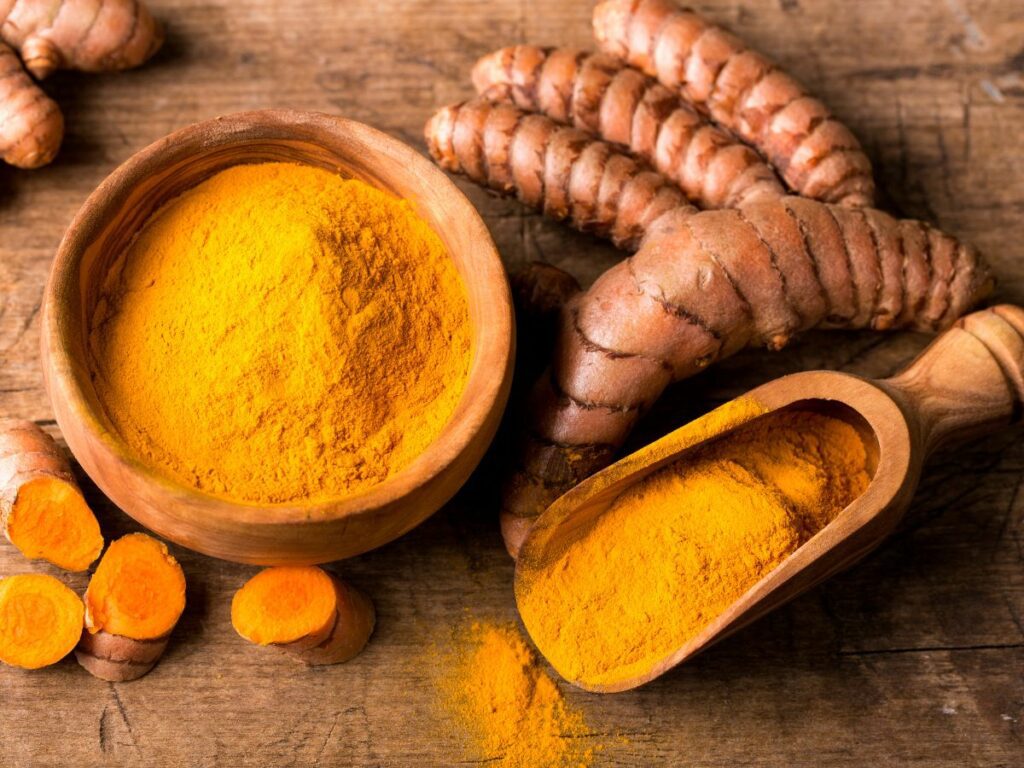
Curcumin in Turmeric
Studies have shown that curcumin, the active ingredient in turmeric, can be just as effective as some anti-inflammatory drugs, without the side effects. This makes turmeric a go-to choice for those looking for a gentler approach to managing conditions like arthritis, muscle soreness, and even intestinal issues.
But how exactly does curcumin work its magic? Curcumin helps to inhibit key enzymes in the body that contribute to inflammation. This disruption in the inflammatory pathways translates to less swelling, less warmth, and less pain for you.
How To Incorporate Turmeric Into Your Routine
Introducing turmeric into your life can be as easy as adding a teaspoon to your morning smoothie or your favorite soup recipe. However, to really maximize its benefits, you should consider pairing it with black pepper.
The piperine in black pepper enhances curcumin absorption in the body by up to 2000%, making sure that none of the good stuff goes to waste.
Turmeric supplements are an effective alternative for those who might not enjoy the taste. Available in capsules, these supplements can provide a concentrated dose of curcumin, ensuring that you get your daily anti-inflammatory boost without altering the flavor of your meals.
2. Ginger
Ginger has a distinct, sharp flavor commonly used as a staple in the kitchen. The root has been used across various cultures for its medicinal properties for things like upset stomachs and sore throats.
It has an ability to tackle inflammation due to its potent compounds which also help counteract the stress that inflammation often puts on your body.
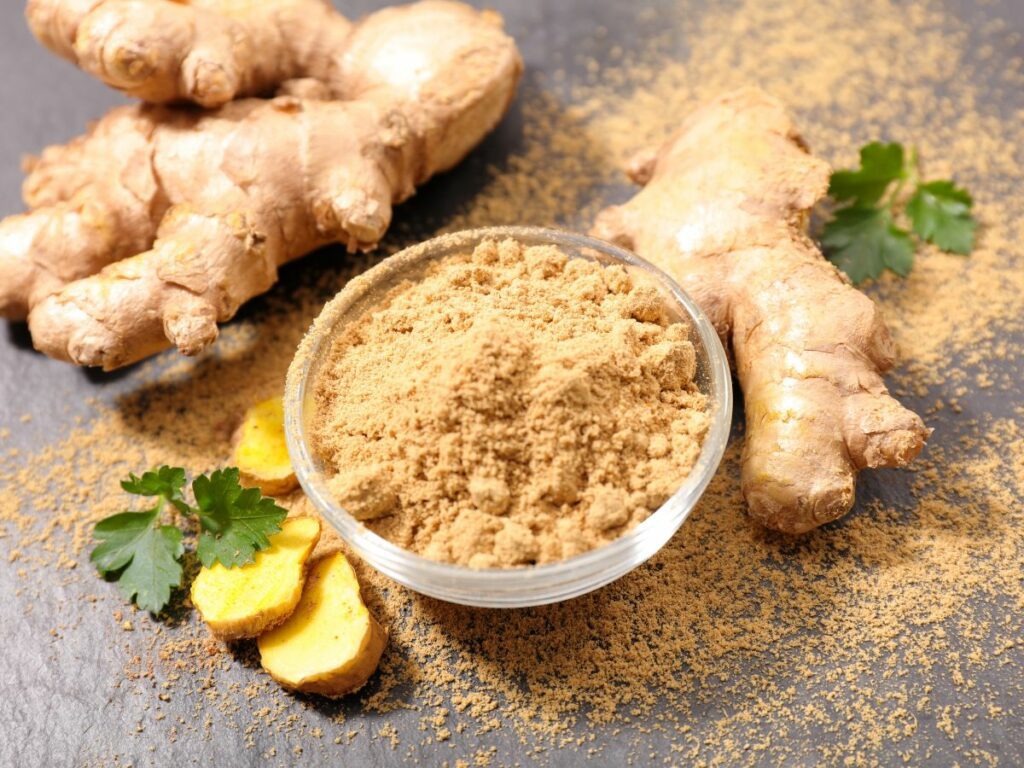
Ginger Anti-inflammatory Compounds
Ginger’s anti-inflammatory capabilities are well-documented in scientific circles. The compounds within ginger, particularly gingerols, work by inhibiting the synthesis of pro-inflammatory cytokines, which are proteins that promote inflammation.
It can help manage the symptoms associated with conditions like osteoarthritis or rheumatoid arthritis, making daily movements easier and less painful. Regular consumption of ginger can help keep inflammatory processes in check before they start.
How To Use Ginger For Daily Consumption
One of the easiest ways to enjoy ginger's benefits is by making a soothing tea. Just slice some fresh ginger root and steep it in boiling water for a few minutes.
For a touch of sweetness, add a spoonful of honey or a dash of lemon, which can also enhance ginger’s flavor and provide additional health benefits. Another great way to include ginger in your meals is to use it as a spice in your cooking.
Ginger adds a zesty kick that can elevate your dishes while boosting your health. You can easily adjust the amount you use based on your preference and the level of benefits you wish to achieve.
3. Green Tea
Green tea originates from the same plant as black and oolong teas, Camellia sinensis. It is processed in a way that preserves more of its natural antioxidants, primarily catechins.
It is good for inflammation relief as it not only alleviates symptoms but also supports overall health. It also enhances the body’s overall resilience against diseases, including heart disease and certain types of cancer.
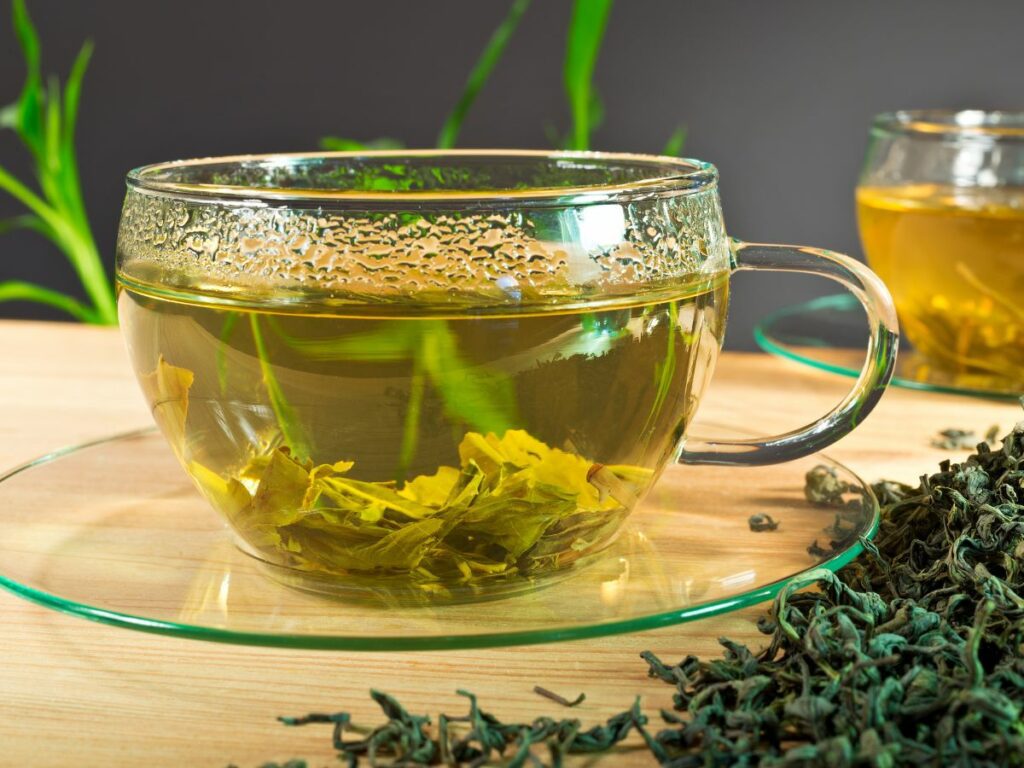
How Green Tea Fights Inflammation
Green tea's ability to combat inflammation is largely due to its high content of polyphenols, particularly epigallocatechin gallate (EGCG). This potent antioxidant is known for its ability to down-regulate the inflammatory responses in the body, effectively interrupting the pathways that lead to inflammation.
EGCG targets the processes at a cellular level, providing relief that is both profound and sustained. Regular consumption of green tea can significantly reduce markers of inflammation in the blood.
This is not just beneficial for acute inflammation but also crucial in managing and preventing chronic inflammatory diseases.
Tips for Making the Perfect Cup of Green Tea
The key is in the temperature and steeping time: too hot or too long, and you may end up with a bitter taste that can also degrade some of its beneficial antioxidants. Ideally, heat water to about 175 to 185 degrees Fahrenheit and steep the tea leaves or bags for no more than two to three minutes.
This method helps preserve the delicate flavors and maximizes the release of antioxidants. For those who enjoy a bit of flavor, consider adding a slice of lemon, which not only complements the taste but also increases the absorption of the antioxidants in green tea.
Alternatively, blending green tea with other herbal teas like cardamon can create a delightful fusion that keeps your palate excited and your body well-supported.
4. Flaxseed
Flaxseed may be small, but its impact on health is substantial, especially when it comes to combating inflammation. This tiny seed is a powerhouse of nutrients packed with omega-3 fatty acids, lignans, and fiber, all of which contribute to its anti-inflammatory capabilities.
Just a little bit of flaxseed can go a long way in boosting your nutritional intake. Its mild, nutty flavor makes it easy to incorporate into a variety of dishes without overwhelming other tastes.
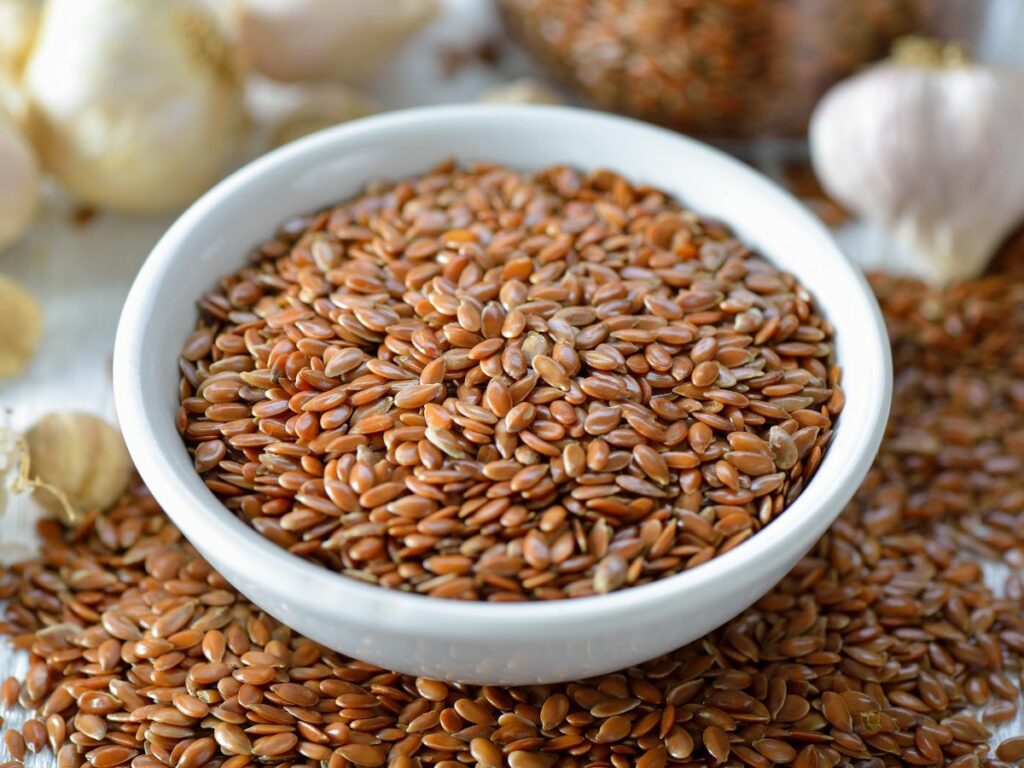
Why Flaxseed?
Omega-3 fatty acids are well-known for their anti-inflammatory properties, and flaxseed is one of the richest plant-based sources of these essential nutrients. Unlike fish oil, which is another common source of omega-3s, flaxseed provides a vegetarian alternative that can be more appealing if you're looking to reduce your intake of animal products.
The specific type of omega-3 fatty acid found in flaxseed is alpha-linolenic acid (ALA). Once consumed, ALA can be converted by your body into the more potent forms of omega-3s – EPA and DHA – although this conversion process is generally inefficient.
Regular consumption of flaxseed can help reduce the production of inflammatory agents. This can potentially ease symptoms associated with conditions like arthritis, asthma, and heart disease.
Easy Ways to Add Flaxseeds to Your Meals
Adding flaxseed to your daily diet can be as easy as sprinkling ground flaxseed over your morning cereal or yogurt. Ground flaxseed is generally more beneficial than whole seeds, as the grinding process makes the nutrients more available for your body to absorb.
You can also add ground flaxseed to smoothies for a nutrient boost without significantly altering the taste. Baking with flaxseed is another excellent option.
You can replace a portion of flour with ground flaxseed in recipes for muffins, breads, and pancakes, which adds a pleasant, nutty flavor. For an extra dose of health, consider making a flaxseed meal by mixing ground flaxseed with water to form a gel, which can then be used as an egg substitute in vegan recipes.
5. Rosemary
Rosemary is a fragrant herb commonly used as an aromatic in culinary creations. It is also a potent natural remedy packed with antioxidants and anti-inflammatory compounds.
Rosemary has a storied history of use both in the kitchen and in medicinal practices be it fresh, dried or as an oil.
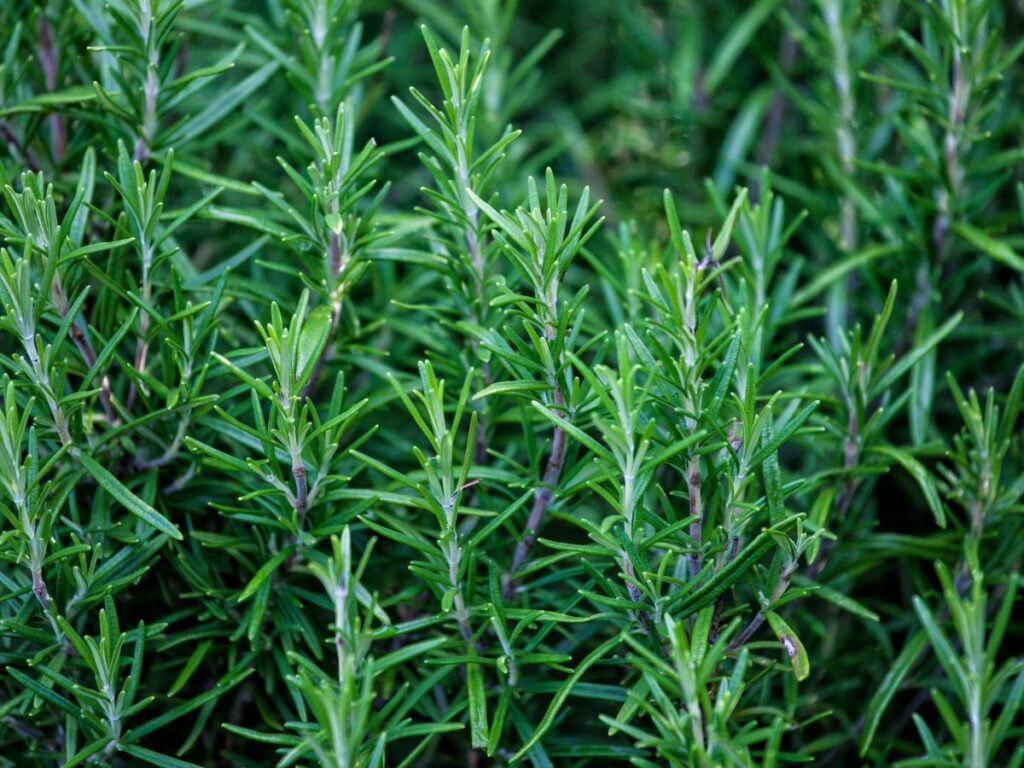
How Rosemary Fights Inflammation
Rosemary's ability to reduce inflammation is primarily due to two key compounds: rosmarinic acid and carnosic acid. These compounds are celebrated for their strong anti-inflammatory and antioxidant effects.
Rosmarinic acid works by modulating your immune response and reducing inflammation in various parts of the body, including the skin and joints. This makes rosemary an excellent choice for those looking to naturally manage conditions such as arthritis or skin inflammation.
Carnosic acid further supports these anti-inflammatory actions particularly in the brain and neural tissues. It can help protect against neural inflammation, which is crucial for preventing and managing neurodegenerative diseases.
Ways to Incorporate Rosemary Into Your Diet
One of the easiest ways to start is by adding fresh or dried rosemary to your cooking. It can be used when roasting vegetables, preparing meat, or baking bread.
Add a few sprigs of fresh rosemary to a bottle of olive oil and let it sit for about a week. Use this fragrant oil for drizzling over salads, dipping bread, or adding to pasta dishes.
Another enjoyable way to consume rosemary is by making a herbal tea. Steeping fresh or dried rosemary leaves in boiling water can make a soothing tea that helps with digestion and may not need sugar to taste.
Herbal Blends
Sometimes, individual herbs aren’t enough to provide the relief you’re looking for. Carefully combining complementary herbs can create a more powerful effect, amplifying their benefits and helping your body fight inflammation on multiple fronts.
| Blend | Key Benefits | Best Uses |
|---|---|---|
| Turmeric & Black Pepper | Enhances curcumin absorption, reduces joint inflammation | Golden milk, capsules, soups |
| Ginger & Cinnamon | Boosts circulation, fights oxidative stress, supports digestion | Teas, infused warm water, spice blends |
| Chamomile & Peppermint | Soothes digestive tract inflammation, promotes relaxation | Herbal tea, bedtime blend |
| Rosemary & Thyme | Supports circulation, reduces joint swelling | Cooking, herbal infusions |
| Holy Basil & Ashwagandha | Lowers stress-related inflammation, supports adrenal health | Teas, adaptogenic supplements |
If you’ve ever felt overwhelmed by too many options, herbal blends simplify the process. They’re designed to work together, so you don’t have to figure it out on your own.
1. Turmeric and Black Pepper
Turmeric’s benefits are amplified when paired with black pepper. While turmeric supports the body’s natural response to inflammation, black pepper enhances its absorption, making it more effective.
You can find this blend in capsules, teas, or even make your own by adding a dash of black pepper to turmeric-based dishes or golden milk. It’s an easy and flavorful way to keep inflammation at bay.
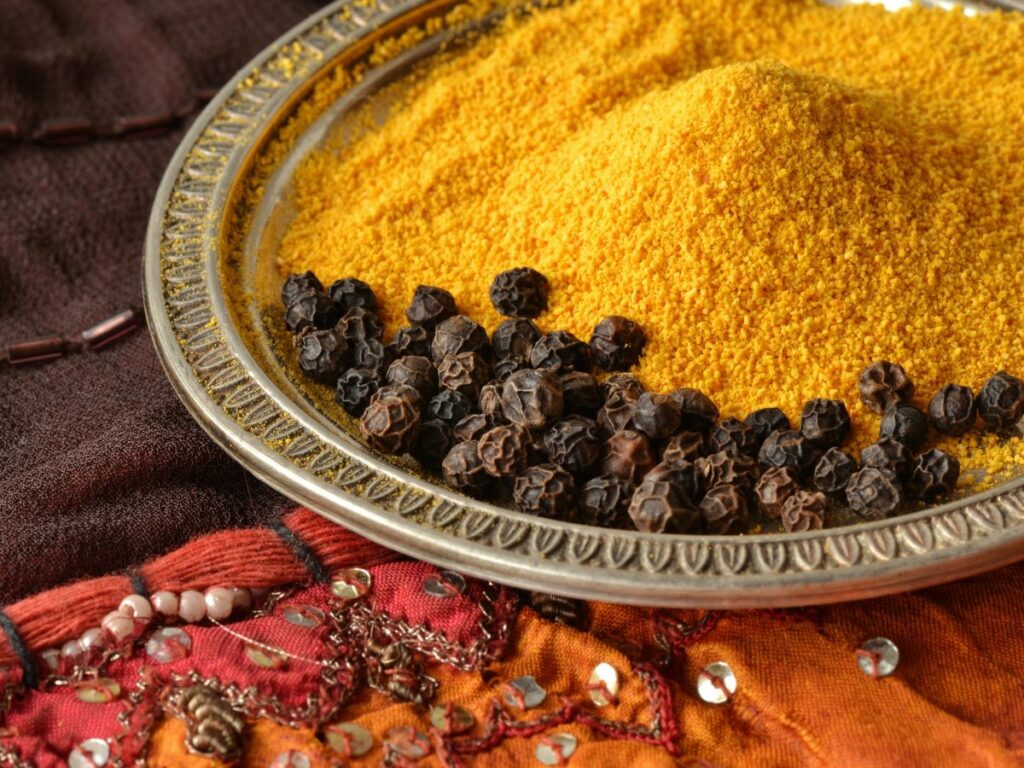
2. Ginger and Cinnamon
Ginger supports the body’s fight against inflammation, while cinnamon adds a touch of sweetness and boosts circulation. Together, they create a comforting mix that’s as healing as it is delicious.
This blend works beautifully in teas or infused in warm water with honey. It’s especially helpful during colder months when you need something soothing for both your body and soul.
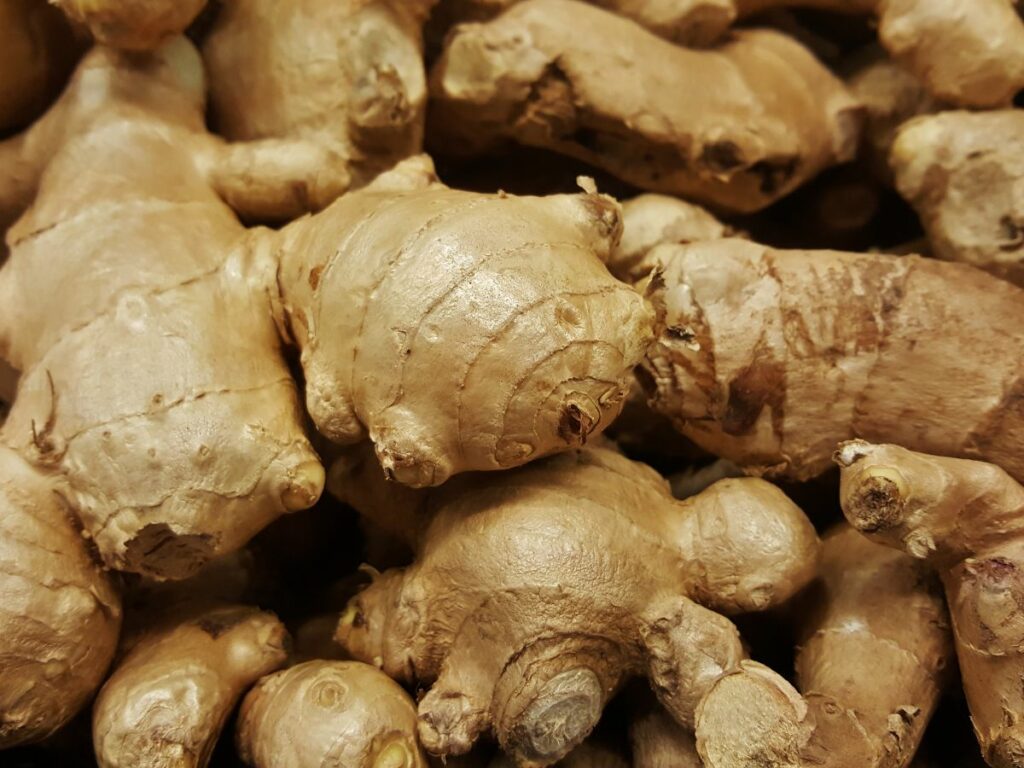
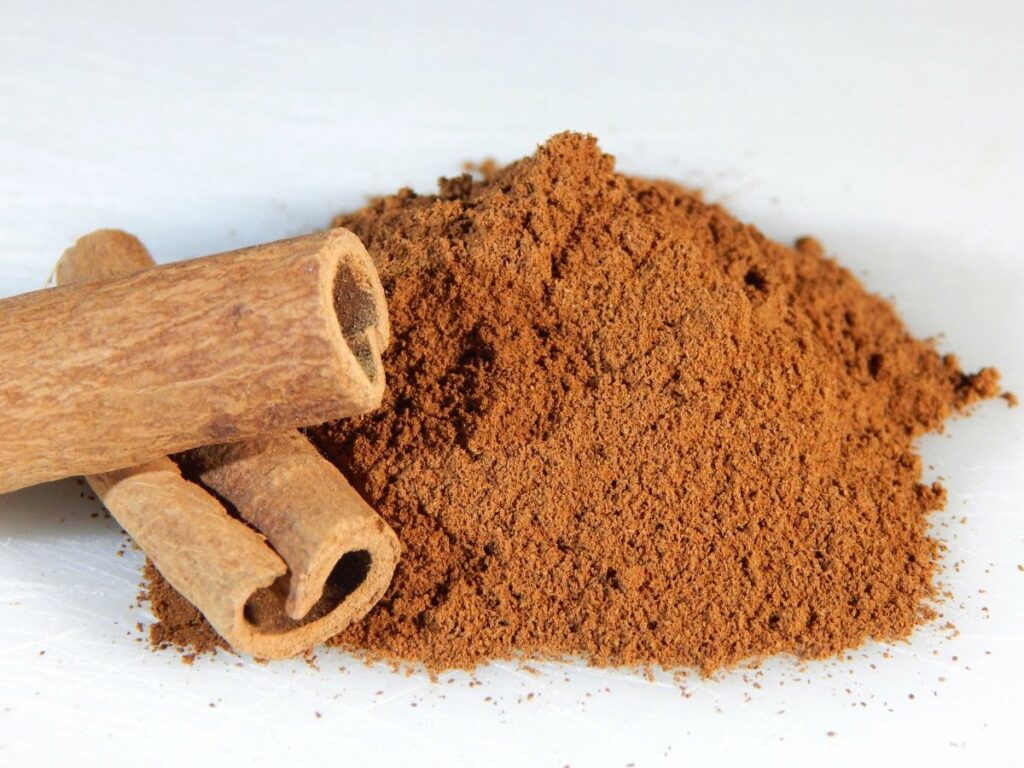
3. Chamomile and Peppermint
Chamomile and peppermint create a blend that is both soothing and refreshing. Chamomile calms your system and helps reduce swelling, while peppermint cools and relaxes, especially in the digestive tract.
This duo works well as an evening tea to help you unwind while addressing inflammation. The mild, refreshing flavor makes it a favorite for those seeking relief without overpowering the senses.
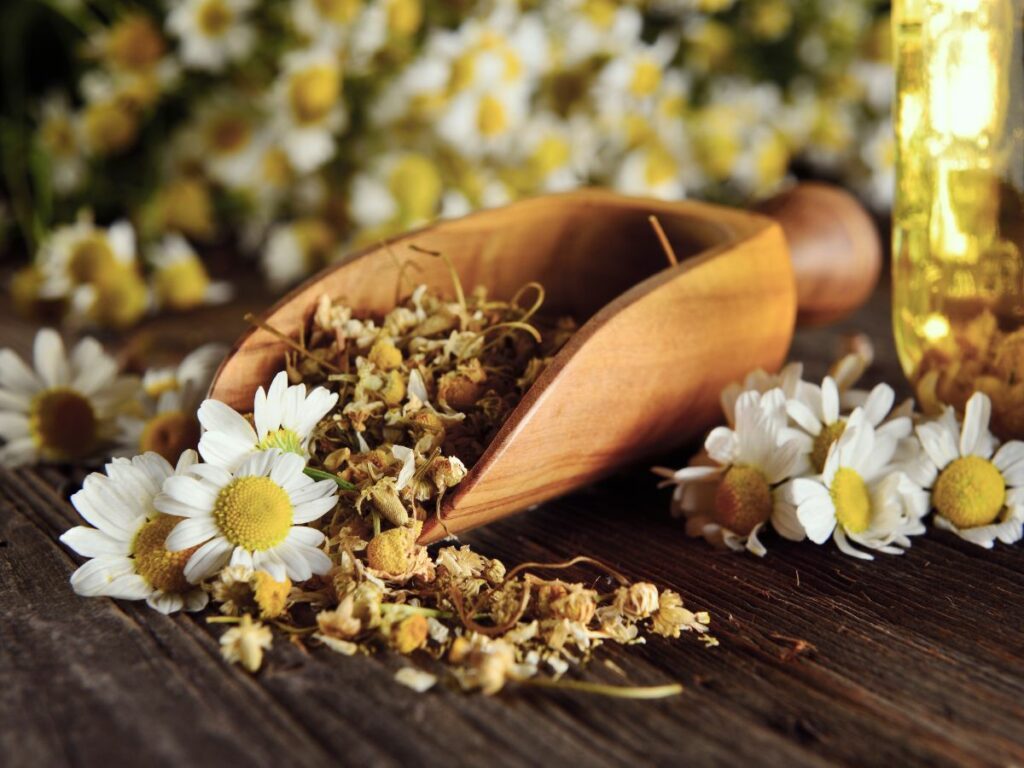
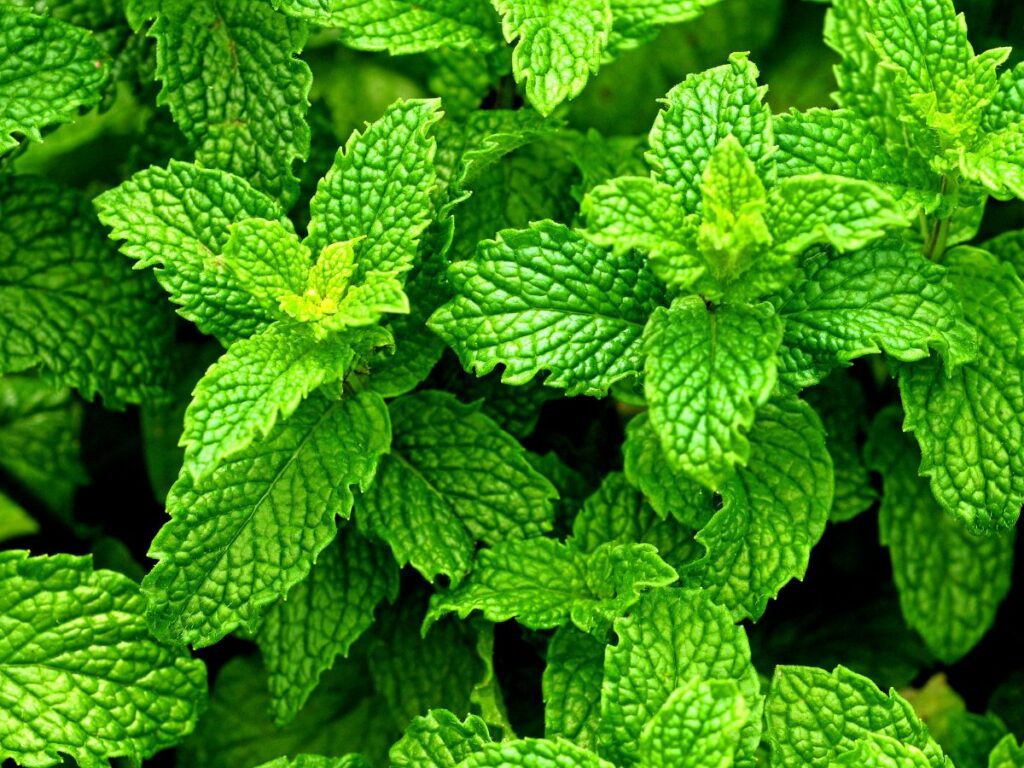
4. Rosemary and Thyme
Rosemary and thyme are often thought of as kitchen staples, but together they form a powerful blend for inflammation relief. Rosemary supports circulation and joint health, while thyme brings its own anti-inflammatory properties to the table.
You can use this mix in your cooking or steep it as a savory herbal tea. It’s a simple way to incorporate the healing power of herbs into your daily routine.
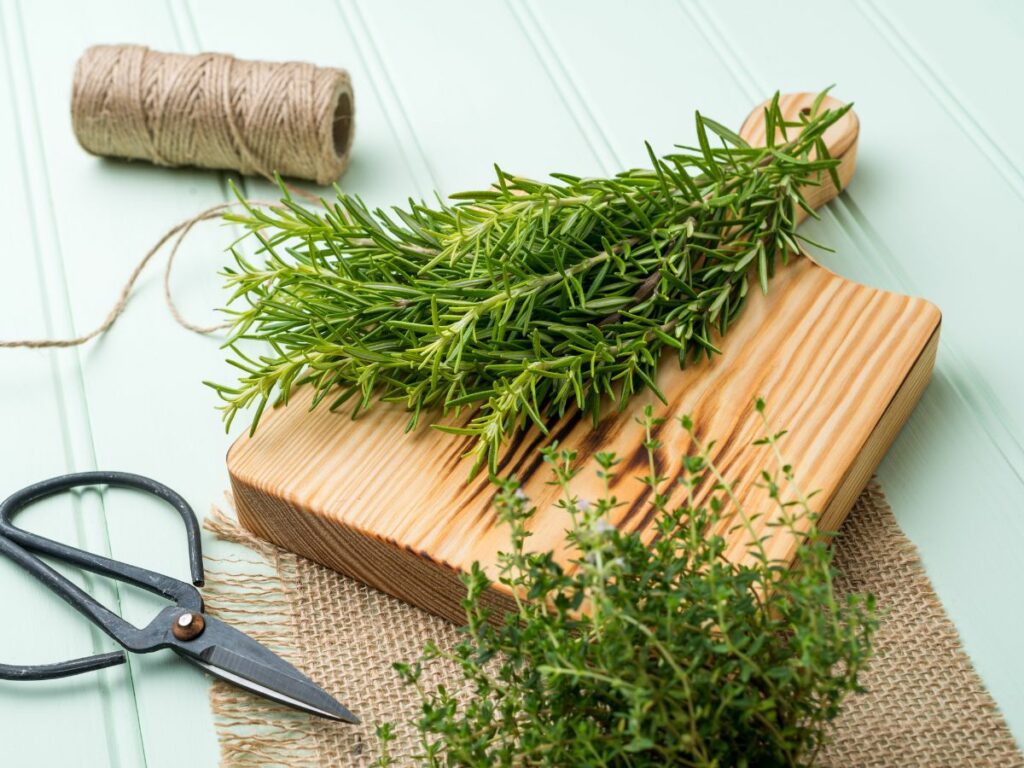
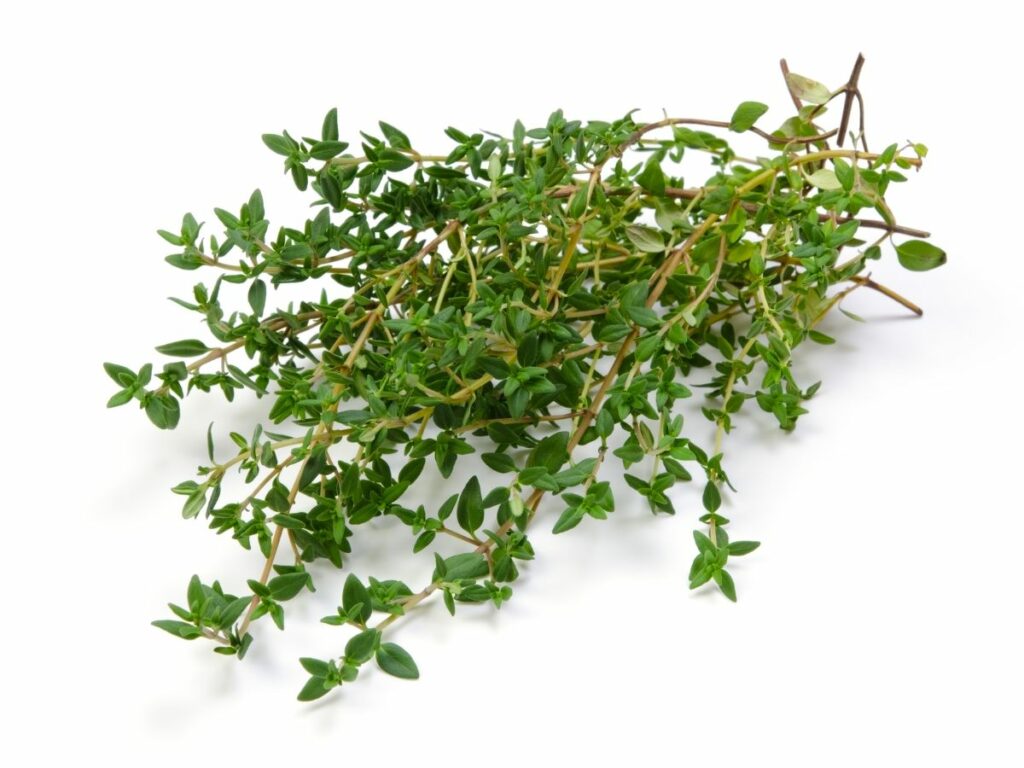
5. Holy Basil and Ashwagandha
Inflammation often worsens when your body is under stress, and this blend targets both issues. Holy basil helps calm your mind while reducing inflammatory responses, and ashwagandha strengthens your body’s ability to handle stress.
This combination is often found in teas or supplements and can be a wonderful evening ritual to ease tension while supporting your overall well-being.

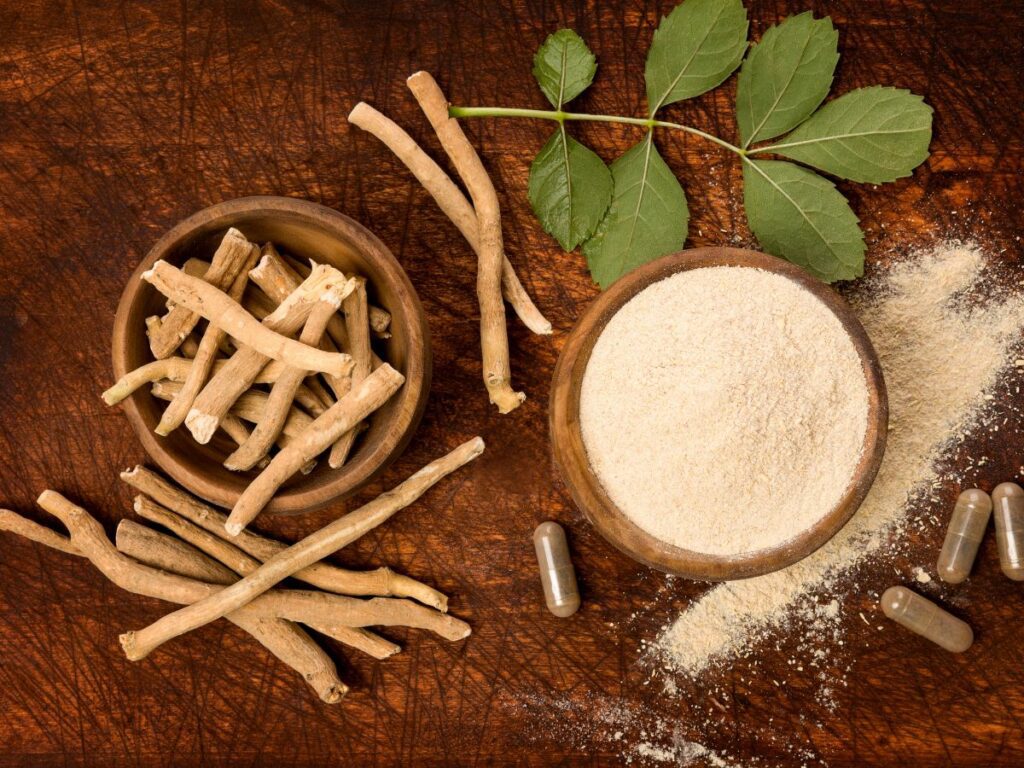
Anti-Inflammatory Cookbook
As you go on with exploring natural ways to manage inflammation, you may come across other remedies all centered around holistic well-being. An Anti-Inflammatory Cookbook can be valuable alongside the menioned herbs for inflammation relief.
The cookbook not only provides recipes but also serves as a guide to integrating anti-inflammatory foods into your daily life. You get to prepare the foods in a way that you like since healthy foods aren't all bad as perceived.
The link between what you eat and how you feel is undeniable, and an Anti-Inflammatory Cookbook effectively makes this connection clear. Having both the cookbook and the herbs added to your daily routine makes part of the larger effort to enhance your health.
About Dr. Sean Ormond



